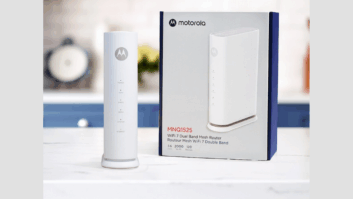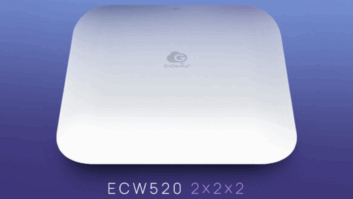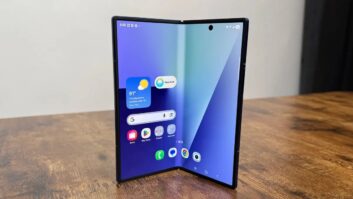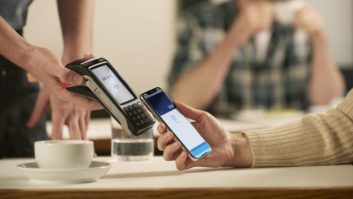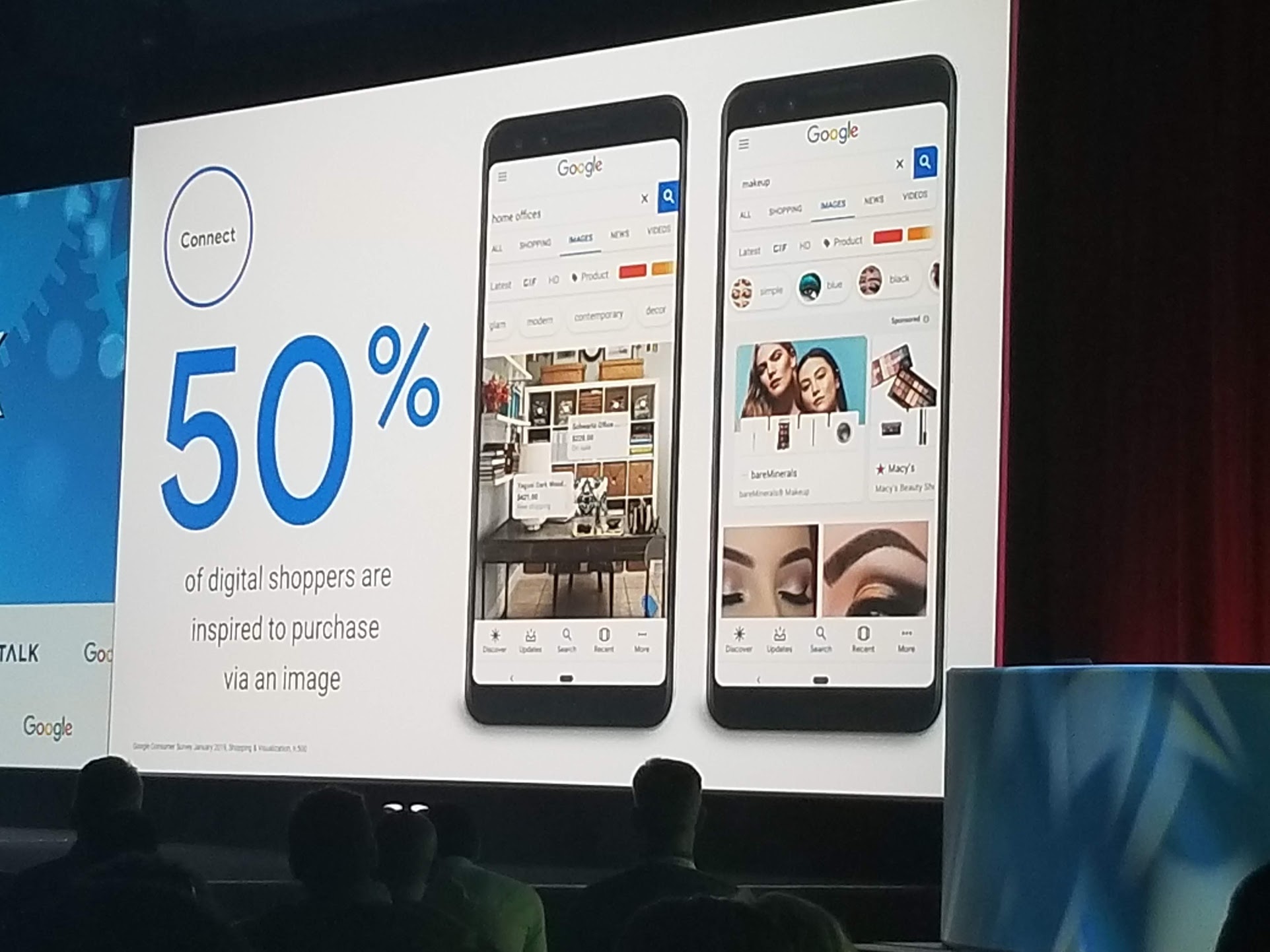
To listen to the 8,000 plus folks assembled at ShopTalk last week, a trade show devoted to the future of the retail ecosystem, people don’t shop anymore. Instead, they’re “on a customer journey.”
And that journey, according to Daniel Alegre, president of global partnerships at Google, is not a straight line, but a series of zigs and zags. Alegre tracked a young woman’s search for the right face cream that involved as many as 120 different touch points over a span of 55 days.
Thanks to tech, the journey is getting more interesting — dare I say weirder?
Here’s a quick romp through the tech trends you’ll be seeing more of in retail.
A Brick Renaissance
Everyone needs to get out and shop in a physical store, according to First Insight. The company reports that both men and women are spending significantly more money when they’re in-store compared with online shopping.
KYC (Know Your Customer) Meet AI (Artificial Intelligence)
If you weren’t touting AI as part of your customer-solution at ShopTalk, you weren’t there. Thanks to machine learning and stronger-than-ever image-recognition technology, the entire world of things you might want to buy is being bucketed and made searchable with a new degree of context-based granularity.
See also: The Robots Are Coming To Retail … Eventually
So, for example, you won’t search for a “little black dress” any longer. You’ll search for a “black dress to wear on a first date, with a plunging neckline and A-line shape.”
Watch: What You Need To Know About AI
The holy grail is that consumers converse with their machines and trust them to do the right thing. The Canadian company Groupby talked about “semantish,” which is almost like speaking to a good friend about your desired purchase.
Others like Heuritech comb image-rich social media sites to look for patterns and predict new trends in fashion before they even happen. Google Lens, meanwhile, uses image recognition so when you snap a photo of something like a jacket, you’ll immediately see an AI-driven list of potential for-sale items that resemble the photo. As it personalizes search, machine learning will also be used to detect fraud at retail, said Greg Simpson of Synchrony.
Voicing Your Preferences
“Conversational commerce” was another major buzzword during the show. According to Capgemini, more than 40 large retailers, including Walmart, Target, Costco, Walgreens and Home Depot, have partnered with Google to introduce voice-based shopping to consumers via Google Express, an aggregate site to help consumers use mobile voice to shop. For its part, Amazon seemed more focused on the next quantum leap in shopping with Echo Auto, which will open the purchase journey to consumers’ road trips.
Shoppers Just Want To Have Fun
Macy’s came out swinging with a new interactive display signage tool from Perch Interactive that can meld the worlds of on and offline by allowing consumers to explore and personalize items like fragrances.
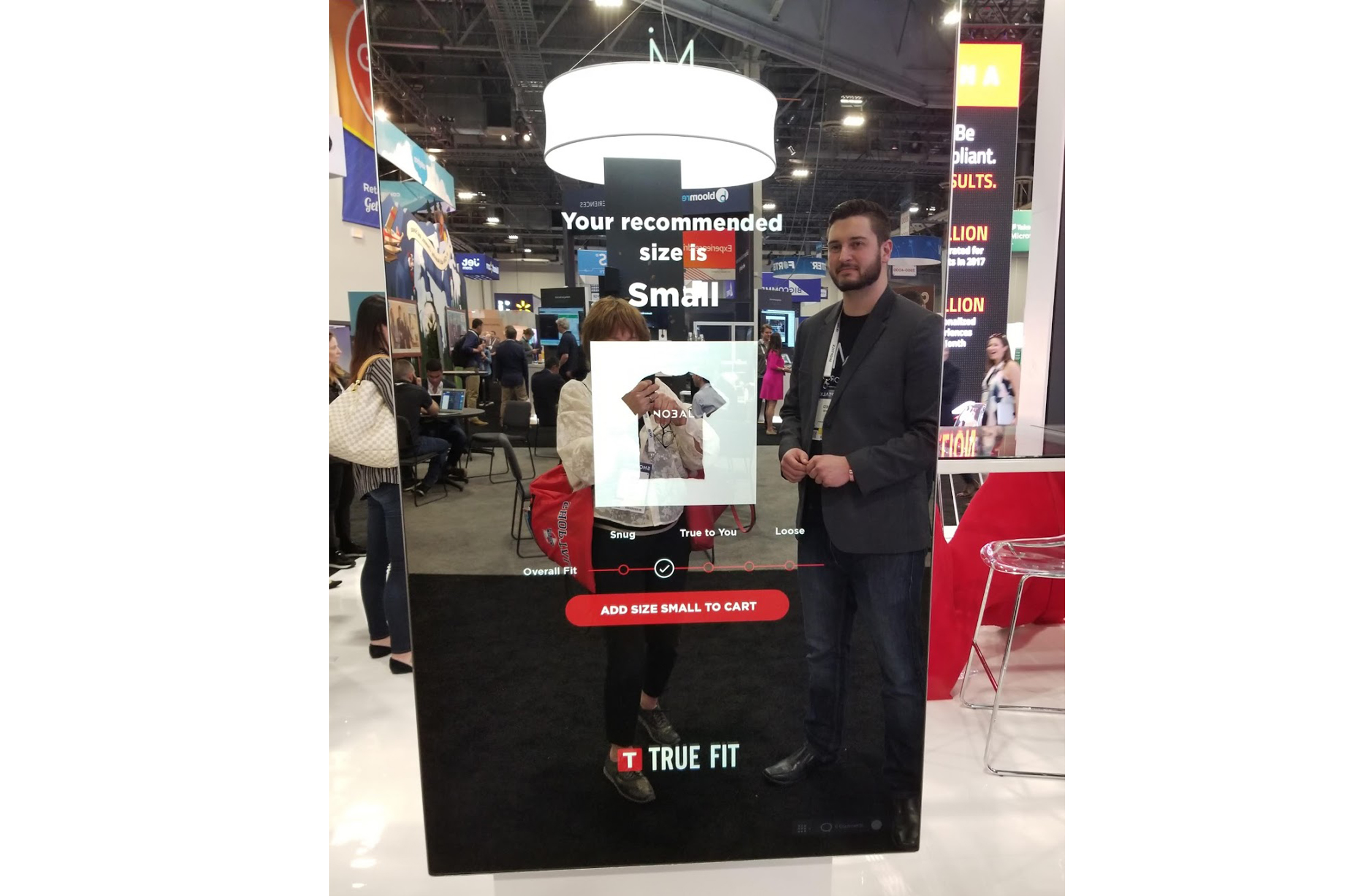
iMirror and True Fit take the drudgery out of dressing rooms by putting an interactive mirror at your bidding to request a different size or color from the sales associate or even try on accessories and matching items, all without leaving your dressing room.
Unattended Retail
Amazon Go stores paved the way for a store staffed with cameras and mobile apps that don’t require interacting with humans in order to make a purchase. Bringing unattended retail to existing stores floorspace without requiring a rebuild is also gaining traction: Slyce announced a new way of “scan and go” to work with produce that isn’t necessarily pre-packaged.
See also: Banking On Recurring Revenue Streams
SwyftStore showcased smart-as-heck vending machines that’ll take any payment, do inventory, interact with you and let you create smart shelves that track in-store purchases with an amazing degree of accuracy. Moltin relies on mobile phone apps that scan bar code information as an easily accessible form of “scan and go” check out that can sit atop legacy systems.
Pain Points
Consumers who hesitate to give clothing as gifts — fearing they’ll choose the wrong size or color — can make use of Loop Commerce’s GiftNow Program. With this, consumers can purchase gifts and let the recipient do the customization, be it headphones, apparel or anything else that their customers, which include Target, sell.
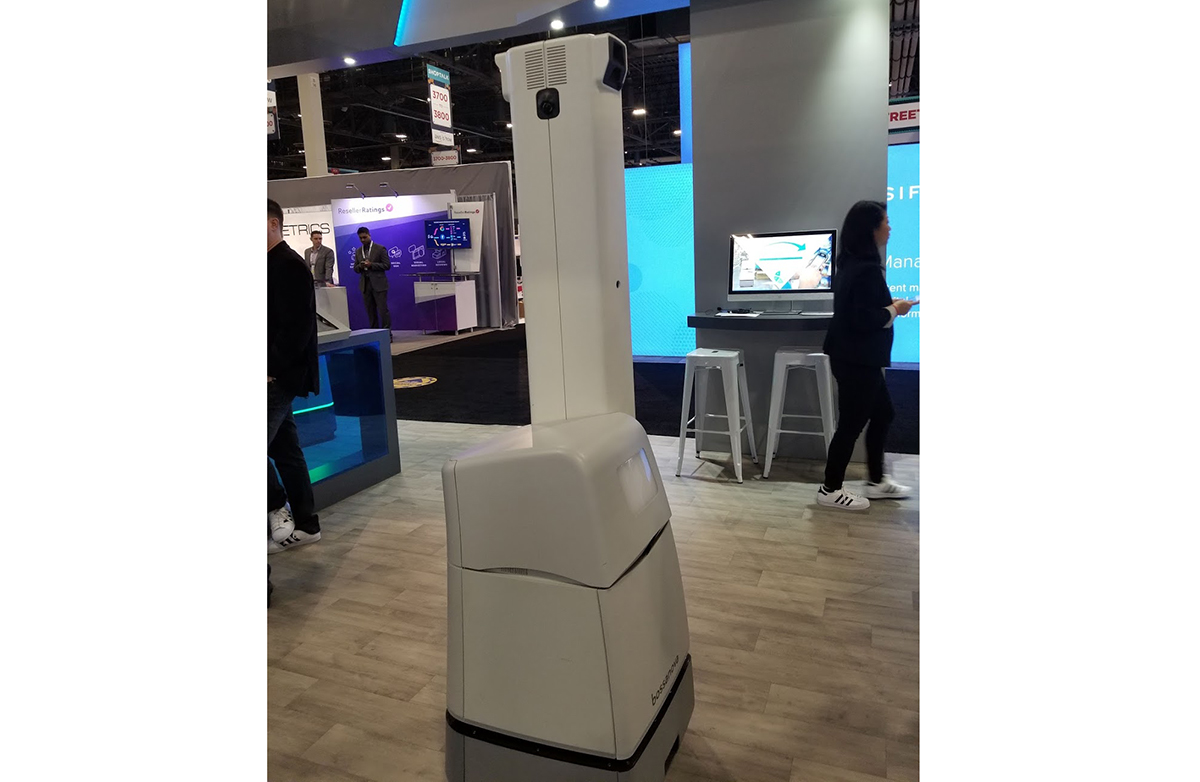
Taking inventory? That’ll soon be robots work as Bossanova Robotics stole the show with a “robot as service” model being used at Walmart to take inventory of the store, even during customer hours.
Overheard At The Show
The models showcasing the newest fashion come in all shapes, sizes and skin colors, suggesting, as one analyst put it, “Inclusivity is the New Exclusivity.” There’s so much inclusivity that companies like Allure Systems aren’t using real models anymore — they’re digitizing them in all different sizes, shapes, and colors.
It was predicted that pop-up stores of all kinds will appear. “They delight shoppers, and get rid of real estate vacancies,” said Melissa Gonzales, of the Lionesque Group.
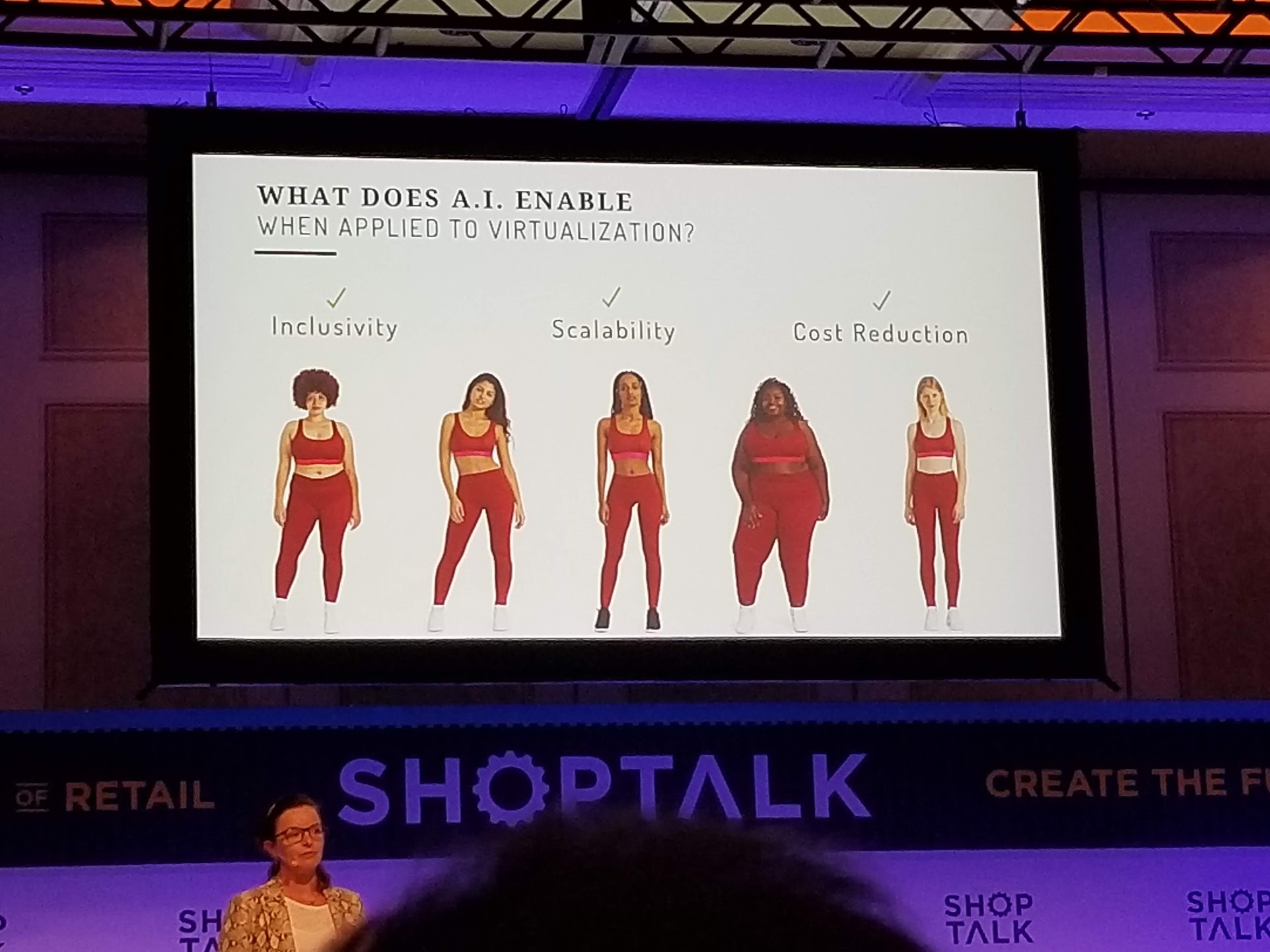
Expect to see more regularly scheduled subscription models growing in popularity too.
Levi’s Marc Rosen, executive VP of the company’s direct-to-consumer business, nailed it with his thought: “It is really a shift from selling what we make to making what we sell.”
Ironically, for a show that’s filled with technology to help shopping become frictionless, no one — and I mean no one — was very focused on the toughest program of all: helping consumers purchase consumer technology.
Instead, the prevailing sentiment was “that’s a tough problem to solve.”





